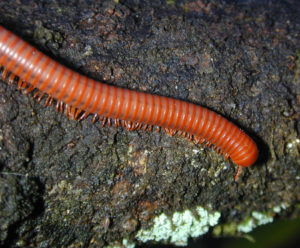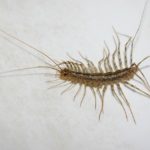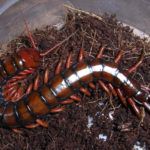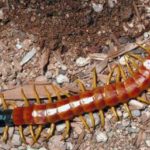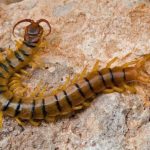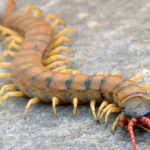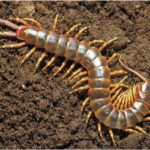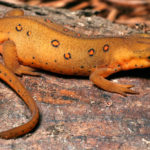Facts about millipedes
 The millipede does not necessarily have 40 legs. The millipede is the everyday name of different species of arthropods, united in a scientific way into a supramaxel of millipedes. Different kinds of millipedes from 30 to 400 and above the legs, and this number can be different, even in individuals of the same species. In the English language, there are two names for these animals – millipede (“centipede” in Latin) and millipede (“millipede”). And the difference between them is significant – the thousandths are not dangerous for a man, and the millipedes very painfully bite.
The millipede does not necessarily have 40 legs. The millipede is the everyday name of different species of arthropods, united in a scientific way into a supramaxel of millipedes. Different kinds of millipedes from 30 to 400 and above the legs, and this number can be different, even in individuals of the same species. In the English language, there are two names for these animals – millipede (“centipede” in Latin) and millipede (“millipede”). And the difference between them is significant – the thousandths are not dangerous for a man, and the millipedes very painfully bite.- Millipedes are the most useful insects in your home.
- Many people panic, start screaming and run away if they find nasty millipedes in their home. However, it is one of the most useful insects of all who are able to start up in human dwellings. The fact is that the millipede ration usually consists of insects of other species, including cockroaches, flies, moths, scales, termites and almost all other parasites that inhabit your house in large numbers.
- In addition, millipedes do not harm people. They eat plants that are carriers of disease or have a destructive effect on homes, and the purpose of their lives is, it can be said, ridding your own home of any other insects or pests. So the next time you see a millipede in your house, do not rush to crush it, just let it crawl away – maybe it will still benefit you.
- The white millipede of the species Illacme plenipes is the creature with the most legs in the animal kingdom. Bipartite became the record holder, being the owner of 750 feet.
- This millipede , whose Latin name can be translated as the “apogee of the abundance of legs” can only be found in the state of North Carolina in the United States. And despite the number of legs, its length does not exceed 1 – 3 cm.
- There is no known millipede science, which would have exactly 40 legs.
- Curiously, millipedes always have an odd number of pairs of legs. Why – no one knows for certain.
